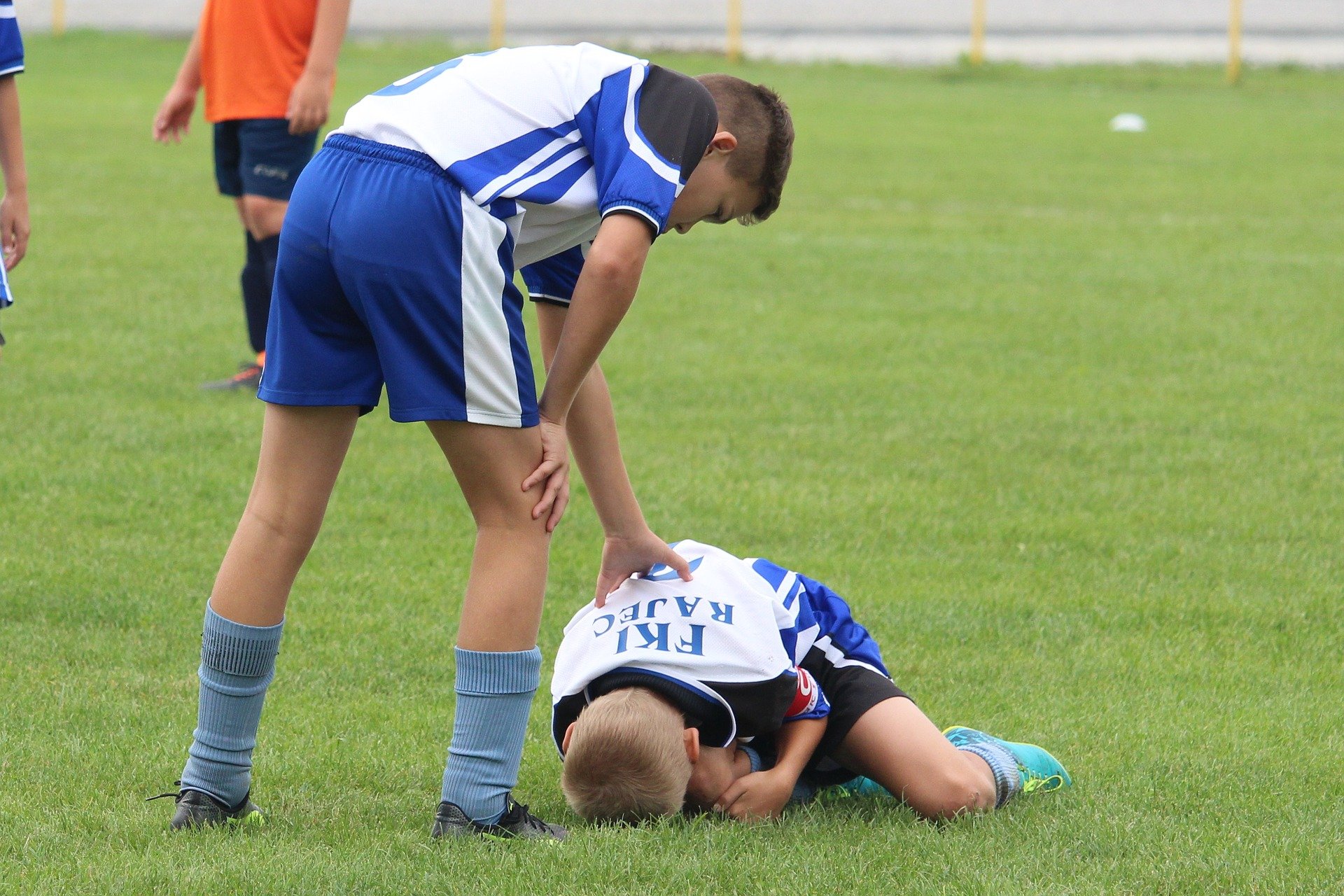
According to the CDC, the most common types of injuries involving children in the U.S. are burns, drowning, falls, poisonings, and traffic accidents. And while some of these may not be relevant to your organization’s next event, there’s a good chance at least a couple will be.
When it comes to sports injuries, a good deal of pain and misery can be avoided by emphasizing prevention rather than simply reacting after the fact. For coaches and parents, that means learning how to deal with sports injuries and making sure children are adhering to these prevention tips.
Even when parents and coaches do everything possible to limit the possibility of injuries, they still have a way of occuring, even in sports we don’t often associate with injuries, like diving at the community pool. Sporting events and injuries will always be linked. But there are things you can do to ensure preparedness at your next event.
The best way to be prepared is by putting together a checklist. With all the excitement, it may be easy to forget something. Having a checklist, and someone in charge of making sure it’s followed, will ensure you’re not caught off-guard. Your checklist should include the following:
Training the staff on how to deal with sports injuries is also key. Everyone needs to be prepared, on the same page, and understand their individual responsibilities. There’s simply no excuse for being suddenly surprised by an injury or medical emergency.
At the very least, the hosting organization should also have general liability and property insurance in the event that someone is hurt on your watch. Even if you were not at fault, arming yourself with the right kind of event insurance will make sure everyone is taken care of in the end, no matter what happened. The good news is that, unlike the cities of newly crowned Superbowl champions, children’s sporting events rarely end with the winning side erupting into violence. But that doesn’t mean you shouldn’t be prepared for it, no matter how small the odds.
Understanding the assumption of risk is important for anyone participating in sporting events. Much of this is based on common sense, as in what is considered foreseeable or reasonable. If a football player suffers a concussion during normal play, even if it results in a traumatic brain injury, this would still be considered a reasonable or foreseeable outcome.
According to Dolman Law Group, where things begin to get murky is, “a sports-related injury that was unexpected or even intentional.” Using the concussion example, you assume that risk so long as it occurred as a result of playing football. You do not, however, assume that risk should the injury be caused by a fan running onto the field.
Establishing liability is often a matter of foreseeable risks versus hidden dangers. Everyone understands that concussions are an inherent risk associated with playing football. But if a scoreboard falls on you while you’re playing football, this would be considered a hidden danger, and liability would then shift from player to host.
There will always be expected risks in sports and occasionally unexpected risks. The issue of liability, should injuries occur, will always reside in the details. And in most cases, common sense usually prevails.
Protect the ones you love at your next sporting event with this event planning guide from the CDC. When community events are properly planned and executed, we all win. And more importantly, we all stay safe.
